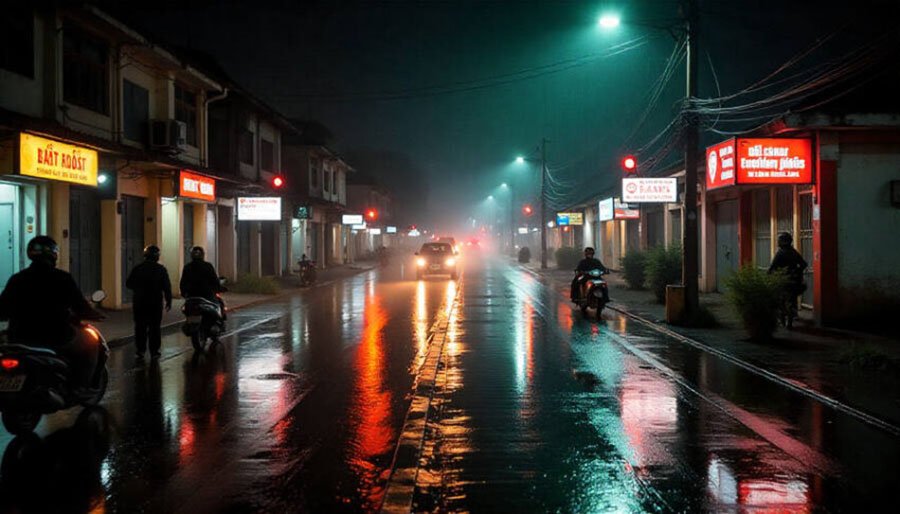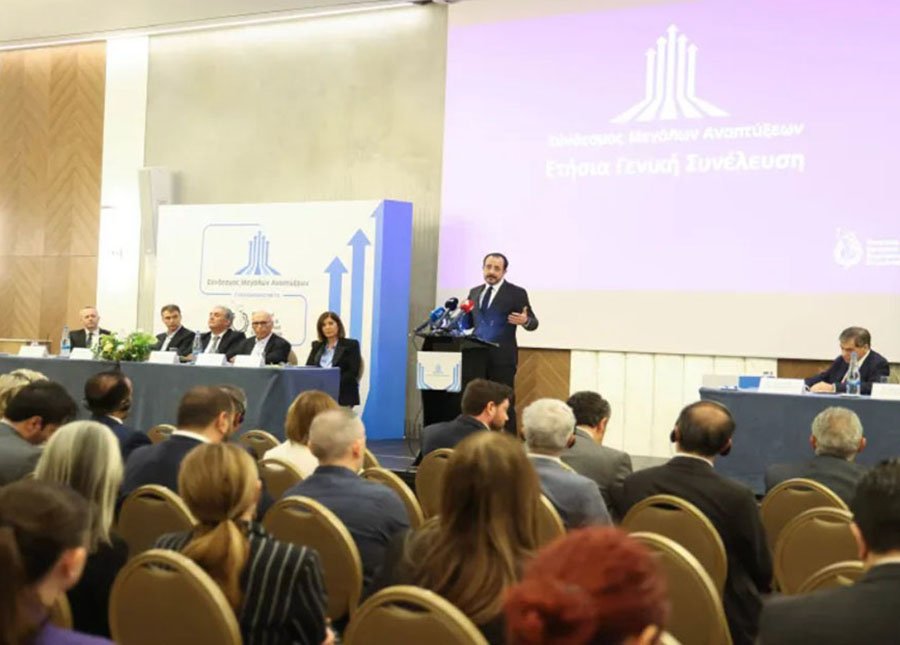читайте также
 Eurozone on Alert: ECB Flags Growing Vulnerabilities in the Financial System
Eurozone on Alert: ECB Flags Growing Vulnerabilities in the Financial System
 Hotel Investment 2025: New Opportunities for the Market — Key Insights from the Cayuga Conference
Hotel Investment 2025: New Opportunities for the Market — Key Insights from the Cayuga Conference
 Vietnam Hit by Record-Breaking Floods: Tourists Advised to Change Their Plans
Vietnam Hit by Record-Breaking Floods: Tourists Advised to Change Their Plans
 WTTC: Travel & Tourism to Create 91 Million New Jobs by 2035 — but a 43 Million Workforce Gap Looms
WTTC: Travel & Tourism to Create 91 Million New Jobs by 2035 — but a 43 Million Workforce Gap Looms
 How Children Receive Residence Permits in Europe: Full 2024 Statistics
How Children Receive Residence Permits in Europe: Full 2024 Statistics
 Cyprus to Introduce Construction Police as Oversight Tightens in 2026
Cyprus to Introduce Construction Police as Oversight Tightens in 2026

Photo: Reuters
A system malfunction occurred at Indira Gandhi International Airport in New Delhi on the morning of November 7. Due to a technical failure, 214 flights were delayed, and air traffic controllers switched to manual mode, reported Reuters. The air hub, which handled 78 million passengers in 2024, nearly came to a standstill.
Automated System Failure
The malfunction was recorded in the Automatic Message Switching System (AMSS), which generates flight plans. When it went offline, controllers had to plot routes manually — for the first time in many years. According to Flightradar24, the average departure delay reached 55 minutes.
The problem began on Thursday evening when 25 departures were postponed, and by Friday that number had risen to 175. Among the delayed flights were ITA Airways (to Rome, almost two hours late) and Virgin Atlantic (to London, more than an hour). The terminals were overcrowded, but the Airports Authority of India issued only a brief statement: “Technical teams are working to restore the system at the earliest.” According to CNN News18, experts are also examining a possible malware infection of the system.
On a typical day, Delhi Airport handles up to 70 take-offs and landings per hour, with a daily load exceeding 1,500 flights. In 2024, it ranked ninth globally in the Airports Council International report, serving 78 million passengers. A disruption in Delhi quickly triggers a chain reaction that paralyzes air traffic across the country. Authorities claim the system is almost restored, yet the incident has already become a reminder that in modern skies, flights often wait not for weather but for a server reboot.
The market reacted quickly: shares of IndiGo, the country’s largest carrier, fell 1.5%. The company confirmed that part of its operations was affected, while SpiceJet and Air India warned customers about widespread delays.
A New Cyber Threat: GPS Spoofing
The Times of India reported that another serious incident occurred in early November. Several flight crews detected false coordinates during landing approaches, causing navigation systems to display incorrect aircraft positions. The anomaly appeared on approach to Delhi Airport and persisted for two days. On one evening, five IndiGo flights and two Air India aircraft were diverted to Jaipur Airport.
The GPS signal drifted so far off that in some cases coordinates deviated by thousands of kilometers from the real location. Preliminary data indicate that the problem appeared during easterly winds, when aircraft performed maneuvers on temporary routes due to the reconstruction of runway 10/28. The instrument landing system (ILS Category III) on that runway is currently offline, and crews rely on RNP-based satellite navigation — precisely where interference occurred.
Air traffic controllers introduced additional safety measures and temporarily stopped using satellite coordinates for landings, switching to ground-based radio beacons instead. Indian aviation authorities launched an internal investigation and requested a technical review from radio-frequency interference specialists. Several hypotheses are being examined — from equipment failure to intentional tampering. The latter cannot yet be ruled out: the radio signal may have been falsified from an external source, potentially pointing to a cyberattack attempt or unauthorized experimentation with navigation frequencies.
The incident raised concerns worldwide, especially as similar interference had recently disrupted flights in other countries. Aviation security experts warn that GPS spoofing could become a new form of cyber threat for busy airports: tampering with navigation signals requires no physical access to infrastructure yet can trigger large-scale schedule disruptions.





